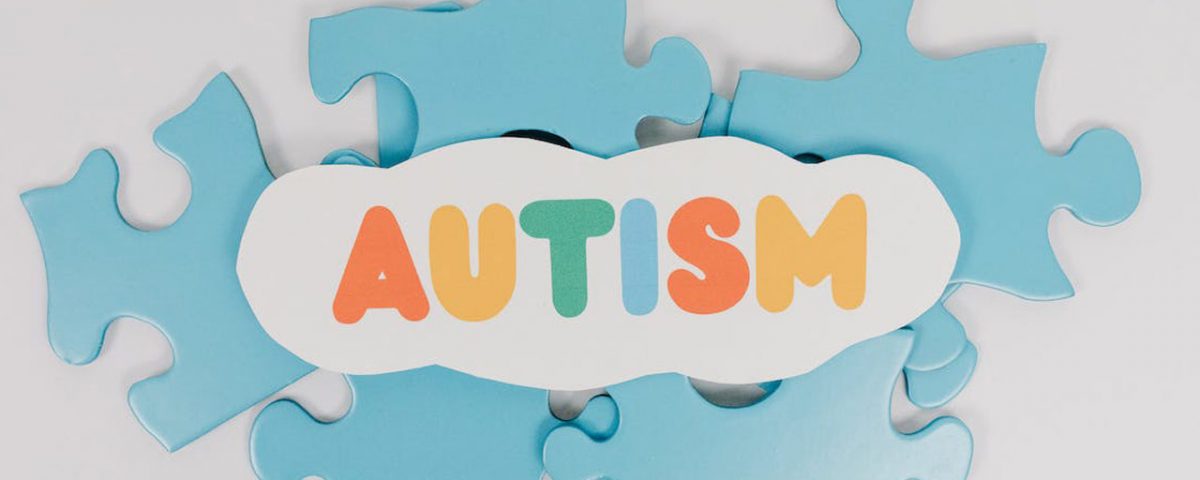
PBIS At Home: How To Manage Unwanted Behaviors At Home With Dr. Divina Lopez
November 21, 2023
Choosing The Right School For Your Child With Developmental Delays
December 11, 2023The First Signs Of Autism: How To Recognize Them

Autism is not an illness, a physical disability, or a mood disorder; rather, it is a behavioral condition. This means it cannot be tested or cured like other conditions. Autism, or Autism Spectrum Disorder (ASD), characterizes challenges in communication, speech, socialization, and other behaviors. It is called a spectrum because the impact can range widely among individuals. Autism in children can be supported with appropriate early intervention before the age of three. To facilitate this intervention, it’s crucial to recognize the signs. This blog aims to help you learn and understand the common signs of autism, so you can recognize them in your children and get a diagnosis and treatment at the earliest.
Common Symptoms of Autism
Autism is a spectrum, which means that symptoms can be so mild that they are not perceived as autism at all. Depending on the severity, there are three levels of support that people with autism can receive. These include Level 1: Require support, Level 2: Require substantial support, and Level 3: Require very substantial support.
The most common symptoms of autism include abnormal facial expressions or postures, monotonous speech, lack of emotional reaction, delays in verbal communication, inappropriate social interactions, fixations on specific objects or repetitive physical movements, and a lack of ability to use verbal language to communicate. People with autism may also have a high level of sensitivity to loud noises and bright lights, a lower or above-average IQ, compulsive repetitive behaviors, insomnia, and aggression.
Identifying Autism from Birth to 6 Months
Early-onset autism is challenging to recognize and diagnose because childhood development varies so much. For instance, while some babies may start babbling at three weeks, others may not until 8 or 9 weeks. The fi rst symptoms of autism between birth and six months of age are characterized by a child who does not respond to parent interactions, does not make eye contact with anyone, including parents, does not look at objects when caregivers point to them, and does not smile or change expression. Keep in mind that these signs do not necessarily mean that your child will receive an autism diagnosis, but they may indicate problems in your baby’s development process. If you notice these symptoms, it’s advisable to request a referral to a behavior specialist from your child’s pediatrician.
Identifying Autism in Two to Three-Year-Old
The most common age for an offi cial diagnosis of autism is two to three years old. At this age, toddlers start developing and honing their motor skills and personality traits, and signs of autism become more noticeable. The M-CHAT (Modifi ed Checklist for Autism in Toddlers) is used to know if an evaluation for developmental autism should be sought. Symptoms may include language regression, making noises to get attention or express oneself, lack of response to one’s name or other stimuli, lack of socialization, and inability to empathize or recognize when others are hurt. As always, the presence of these symptoms does not necessarily indicate a diagnosis of autism, but it may warrant further investigation to determine if a diagnosis is necessary.
Identifying Autism in Adolescents and Adults
An official autism diagnosis indicates that the symptoms were present before the age of three. Late-onset autism refers to those who do not show signs until late adolescence or earlyadulthood. However, in most cases, this is more likely late recognition of autism or symptoms of another condition than true late development of autism. Signs may include social clumsiness, diffi culty making eye contact with others, diffi culty maintaining a conversation, learning delays/disabilities, and adverse sensory issues when dealing with bright light or loud noises. A specialist with experience working with people with autism spectrum disorder can determine if the symptoms represent late-recognition autism. Even delaying therapy can signifi cantly improve the quality of life for those suff ering from this condition. Delayed recognition simply requires a different therapeutic approach, but that doesn’t mean those struggling with symptoms can’t be helped.




